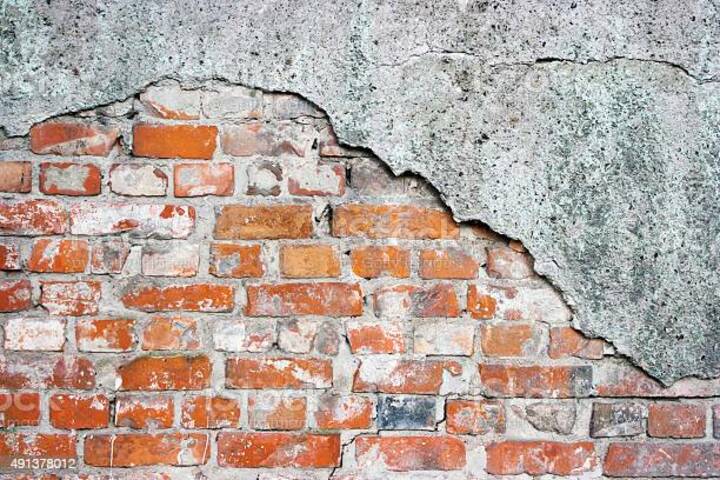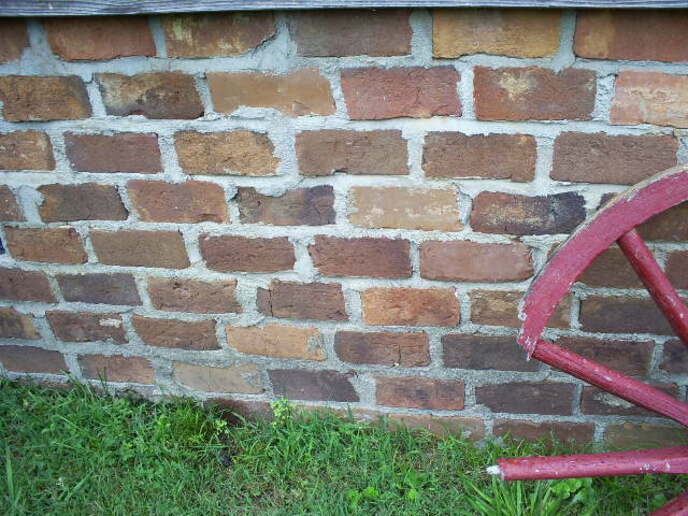Kind of a off topic question,
I inherited a house on the farm that was my grandparents. Old brick farmhouse built somewhere around 1886. Anyways, when they moved into it back in 1963 they decided to cement the outside walls instead of repointing the grout. Im looking to begin redoing the house but not sure how to tackle this portion of it. Im going to hire the repointing out but was wondering if I should even touch the cement thats starting to crumble and flake off. Has anyone had this scenario before?
I inherited a house on the farm that was my grandparents. Old brick farmhouse built somewhere around 1886. Anyways, when they moved into it back in 1963 they decided to cement the outside walls instead of repointing the grout. Im looking to begin redoing the house but not sure how to tackle this portion of it. Im going to hire the repointing out but was wondering if I should even touch the cement thats starting to crumble and flake off. Has anyone had this scenario before?



